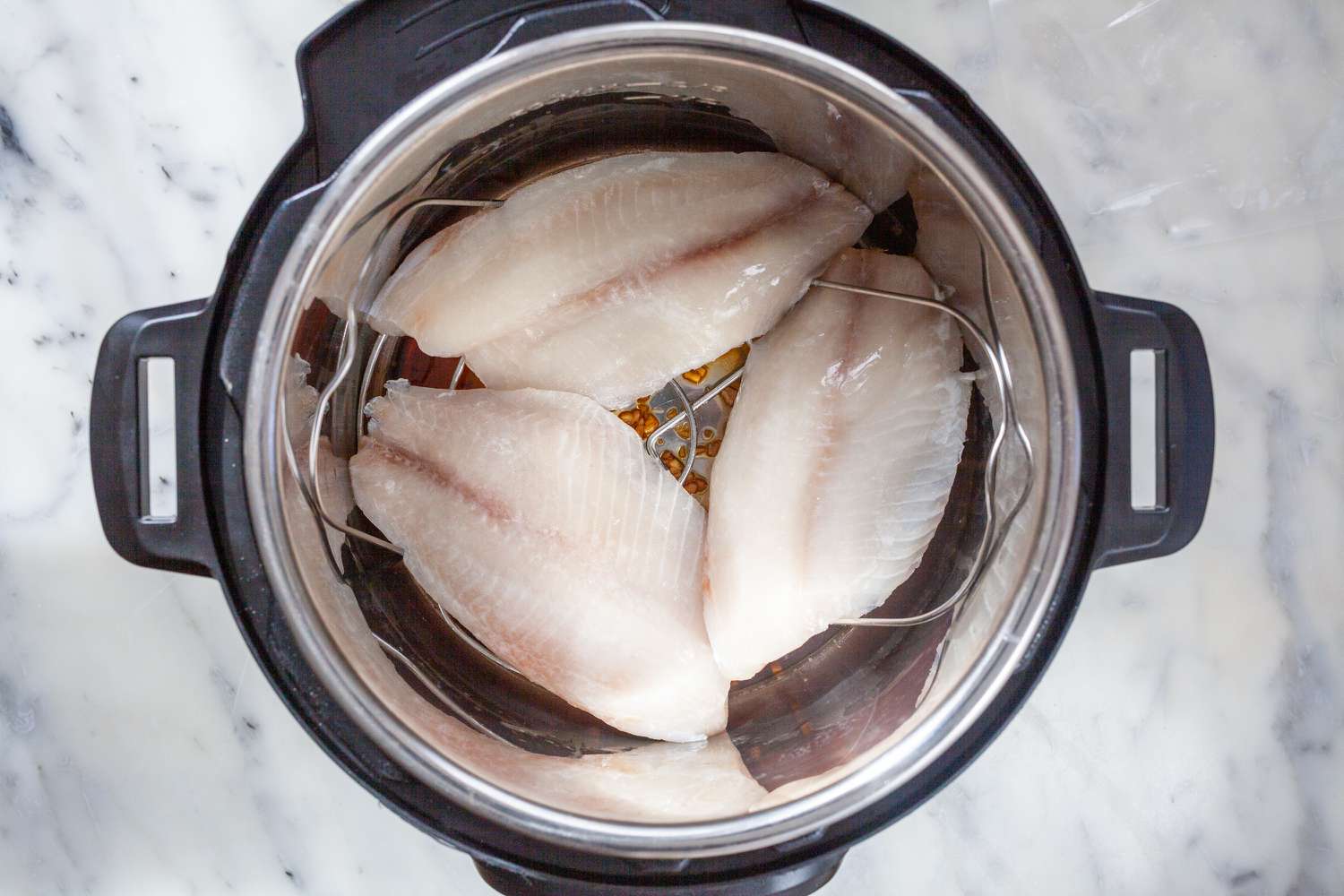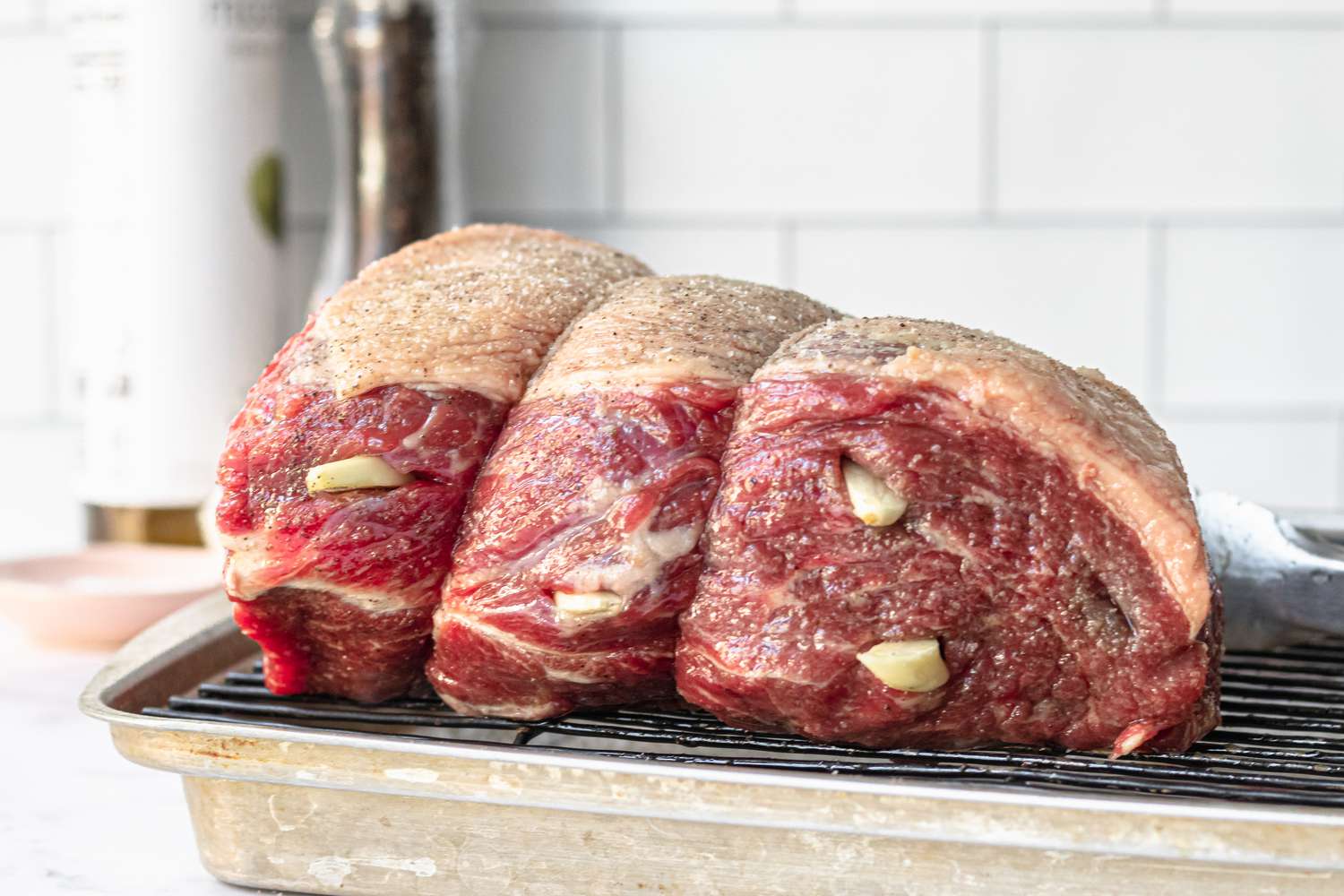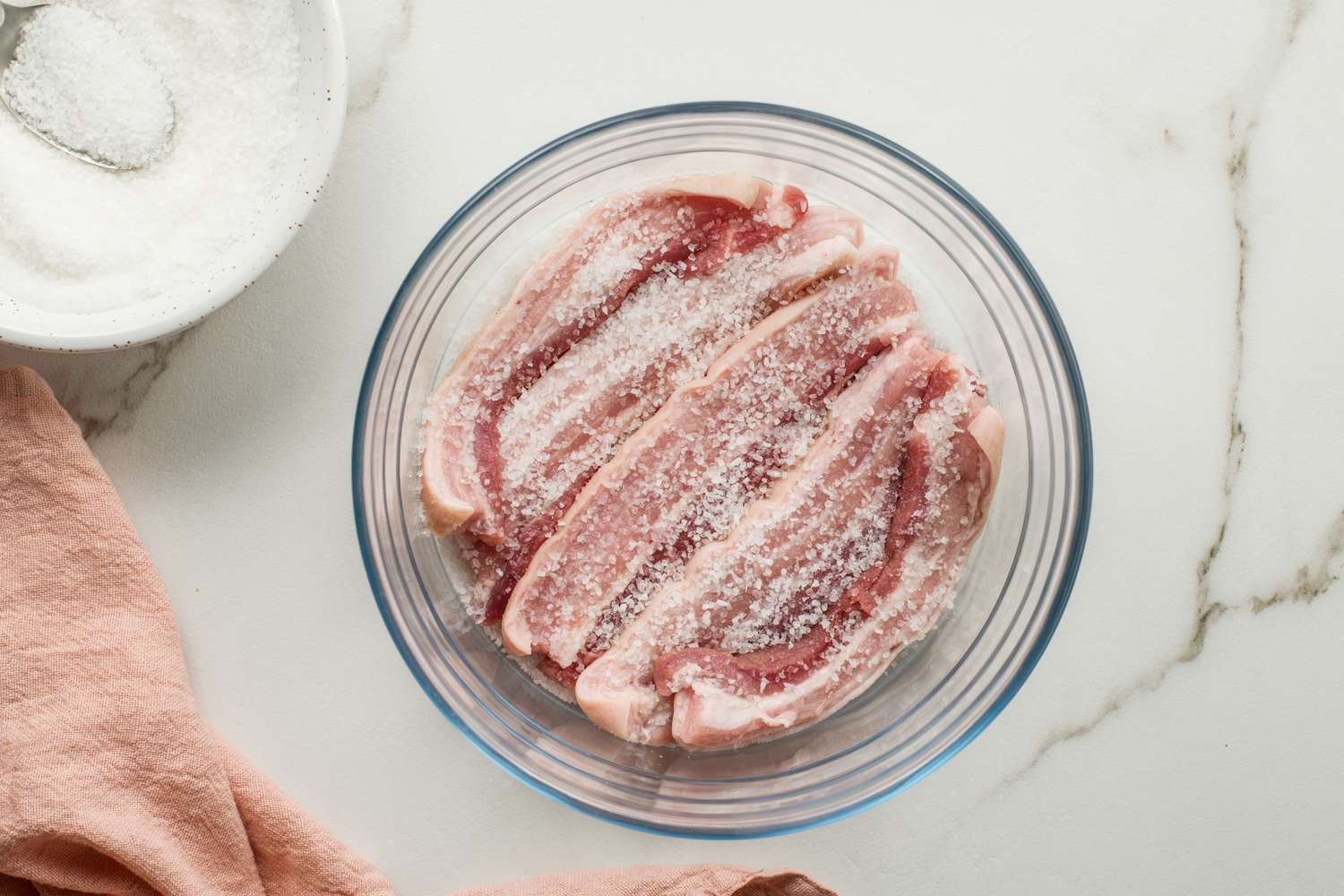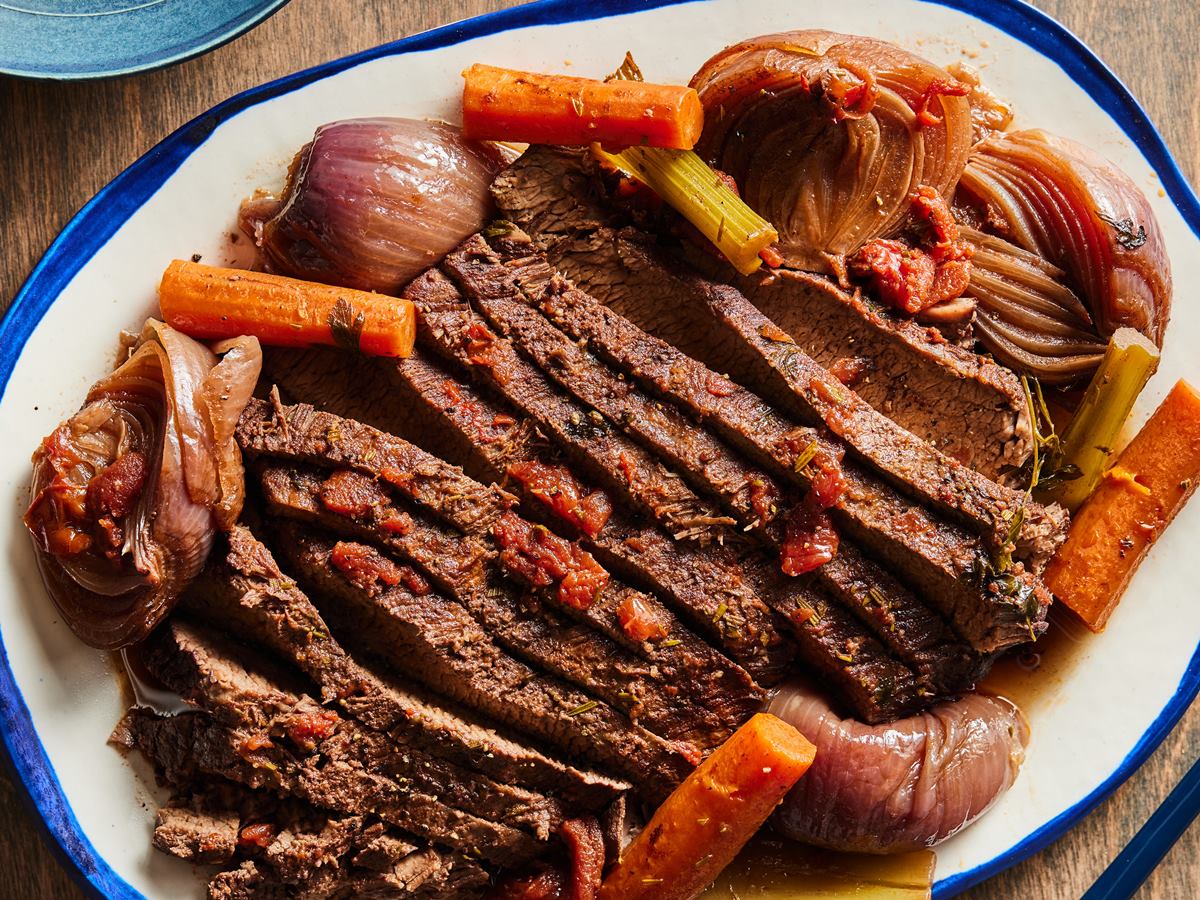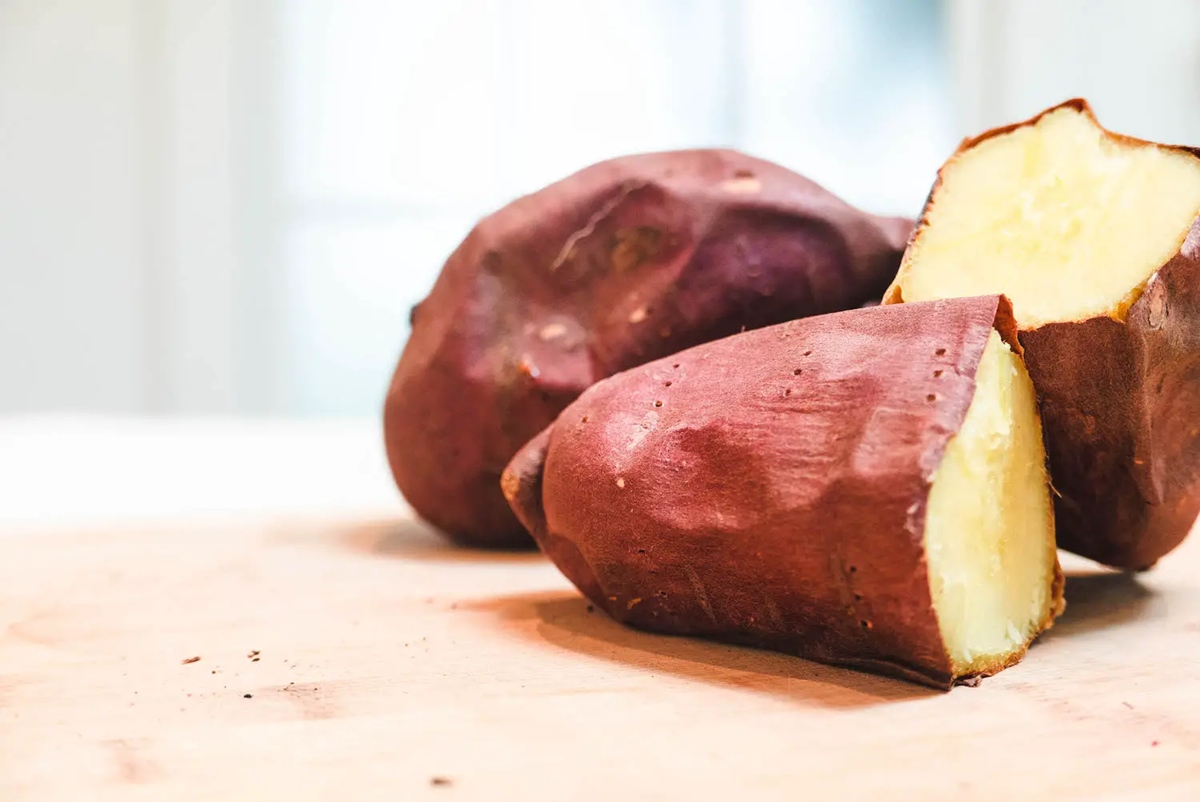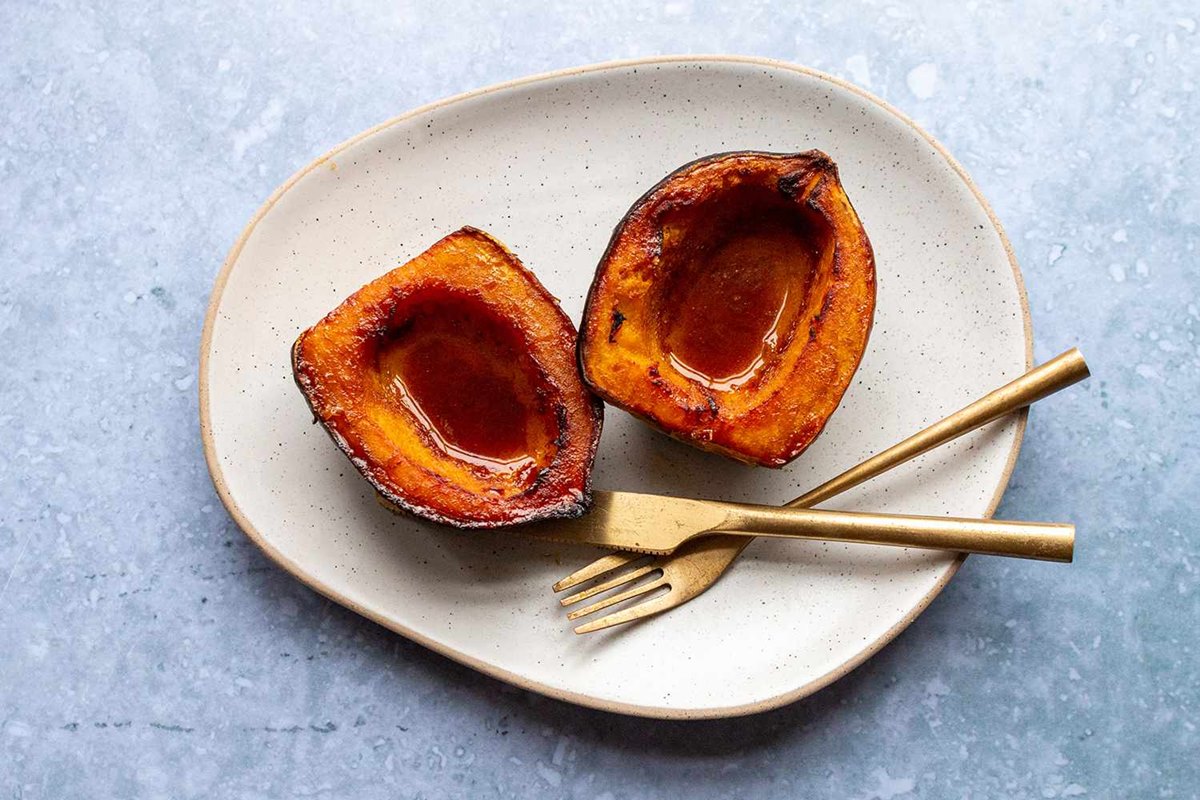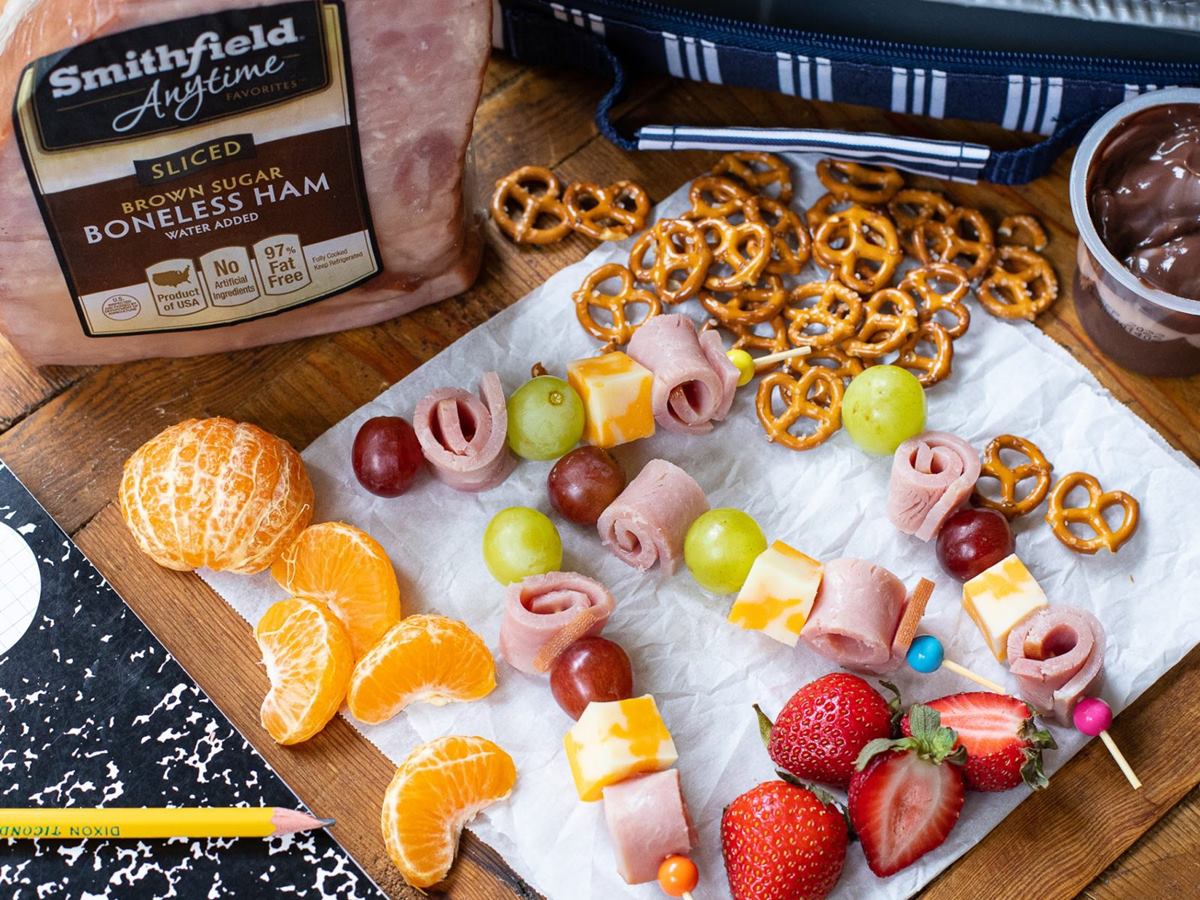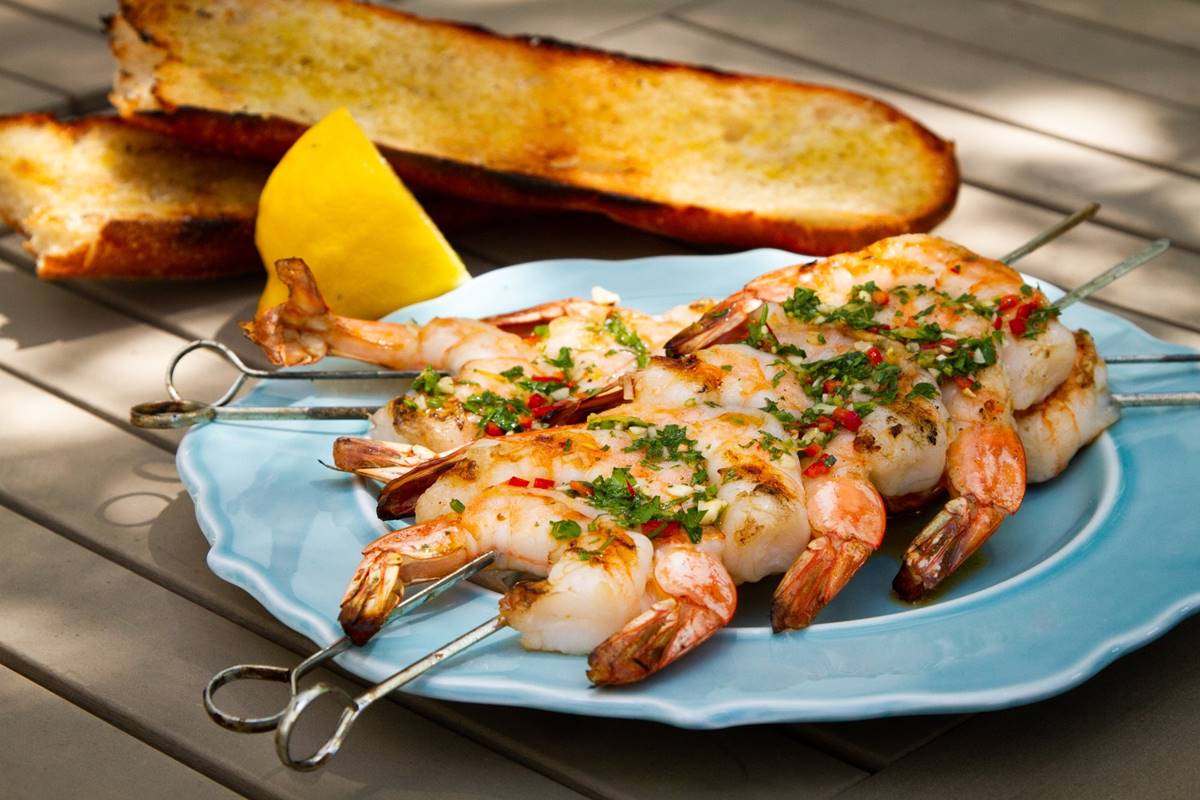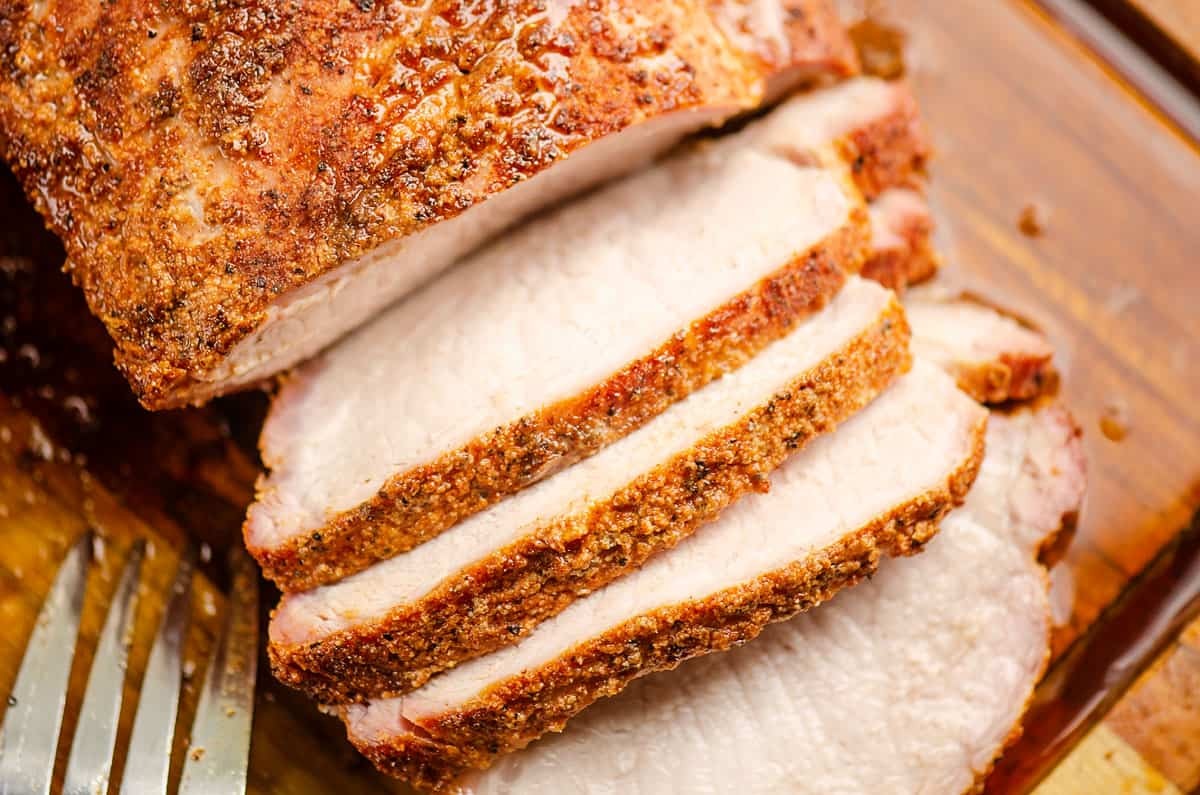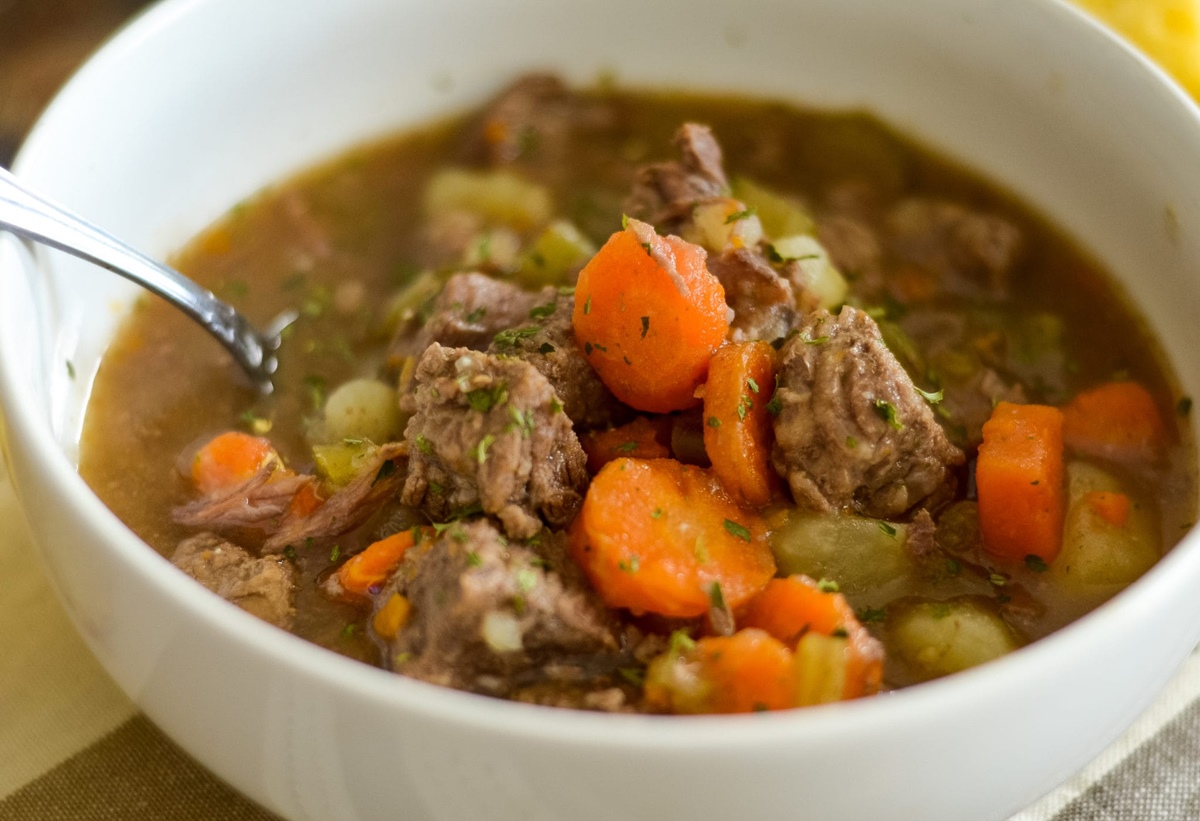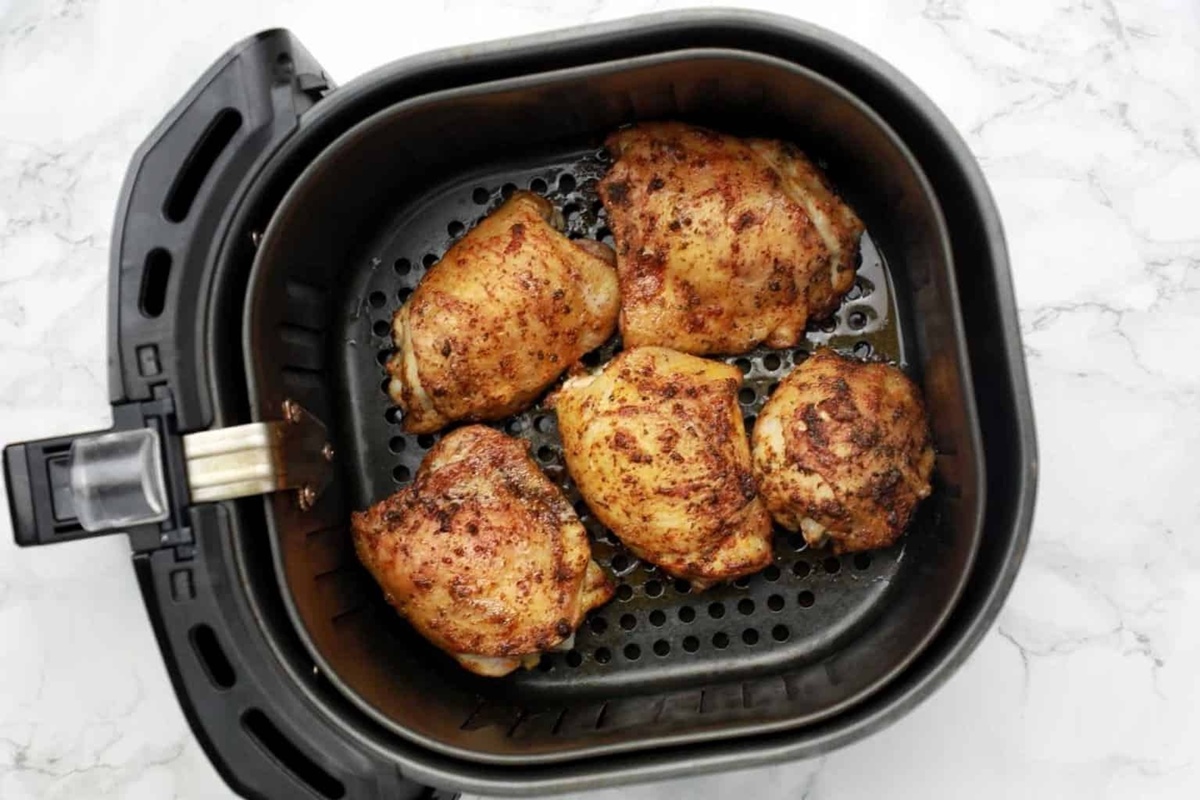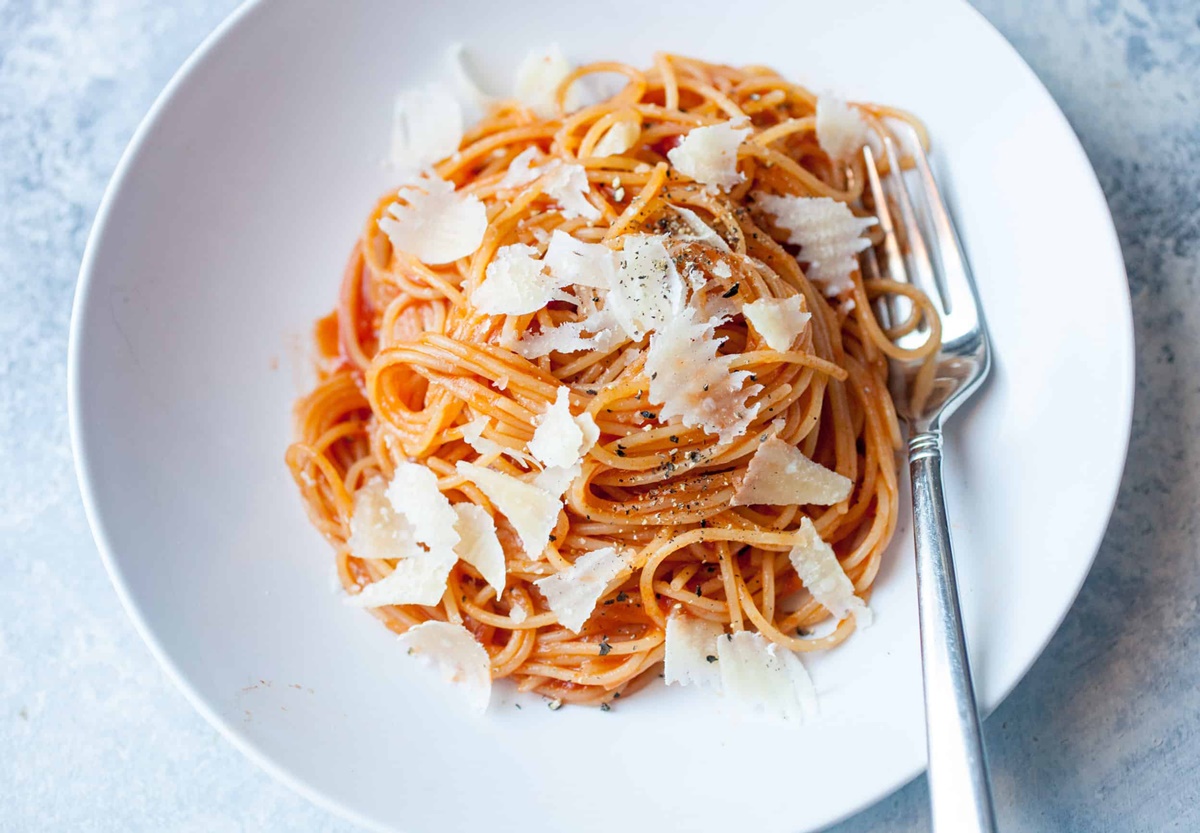Unlock the Flavors: Cooking Techniques for Perfectly Tender Pearl Onions in Stew
When it comes to creating a hearty and flavorful stew, one ingredient that can add a delightful and unique touch is pearl onions. These tiny, sweet onions are not only visually appealing but also pack a punch of flavor. In this article, we will explore some cooking techniques that will help you achieve perfectly tender pearl onions in your stew every time.
1. Choosing the Right Pearl Onions
The first step to cooking delicious stew with pearl onions is selecting the right ones. Look for onions that are firm, tightly wrapped, and free from any signs of spoilage. Opt for small to medium-sized onions as they tend to be sweeter and more tender.
2. Prepping the Pearl Onions
Before cooking, it’s important to properly prepare the pearl onions to ensure they cook evenly. Follow these easy steps to peel and trim the onions:
- Bring a pot of water to a boil.
- Trim off the root end of each onion.
- Make a shallow cross-shaped cut on the opposite end of the root.
- Gently drop the onions into the boiling water and blanch for 1-2 minutes.
- Remove the onions from boiling water and immediately transfer them to an ice bath to stop the cooking process.
- Drain the onions and carefully peel off the outer skin.
3. Cooking the Pearl Onions in the Stew
Now that your pearl onions are peeled and ready to go, it’s time to incorporate them into your stew. Here’s how:
- Start by sautéing some aromatics like onions, garlic, and carrots in a large, heavy-bottomed pot.
- Add your choice of meat, such as beef, chicken, or lamb, and cook until browned.
- Pour in your preferred liquid, such as broth, wine, or even beer, to create a flavorful base for the stew.
- Add the pearl onions to the pot and stir them gently to coat them with the flavorful liquid.
- Let the stew simmer on low heat, allowing the onions to absorb the flavors and become tender. This typically takes around 30-45 minutes, depending on the size of the onions.
- Test the tenderness of the onions by piercing them with a fork. They should be soft and easily yield to gentle pressure.
4. Enhancing the Flavor
To take your stew to the next level, consider incorporating some additional ingredients or seasonings:
- Fresh herbs like thyme, rosemary, or bay leaves can infuse your stew with aromatic flavors.
- Vegetables such as potatoes, carrots, or celery can add texture and depth to the stew.
- Wine, soy sauce, Worcestershire sauce, or balsamic vinegar can be used to create a rich and savory flavor profile.
Feel free to experiment and adjust the ingredients according to your taste preferences.
5. Serving Suggestions
Once your stew is ready, it’s time to enjoy the delicious flavors. Here are some serving suggestions:
- Serve the stew piping hot in a bowl.
- Garnish with a sprinkle of fresh herbs for a pop of color and added freshness.
- Pair it with warm crusty bread or fluffy mashed potatoes to soak up all the flavors.
Now that you have mastered the art of cooking pearl onions in stew, it’s time to get creative in the kitchen and let your taste buds explore the endless possibilities. Don’t be afraid to experiment with different ingredients and seasonings to create your own signature stew.
So, next time you’re in the mood for a comforting and flavorful stew, don’t forget to include tender and delicious pearl onions. Happy cooking!
With the guide on how to cook pearl onions in stew, readers can dive into a variety of delicious recipes that elevate their culinary skills. They might want to start with the Classic Beef Stew with Pearl Onions for a traditional and hearty meal. For those who enjoy a touch of wine in their dishes, the Lamb Stew with Red Wine and Pearl Onions offers a rich and robust flavor profile. If they prefer a bit of French flair, Coq au Vin with Pearl Onions is a must-try with its tender chicken and aromatic herbs. Vegans will appreciate the Pearl Onion and Lentil Stew, which is not only healthy but also packed with taste. For something unique, the Pork and Apple Stew with Pearl Onions provides a delightful blend of sweet and savory. These recipes showcase the versatility of pearl onions in stews and offer a range of flavors to suit different palates.
Was this page helpful?
Read Next: How To Cook Maca Powder
